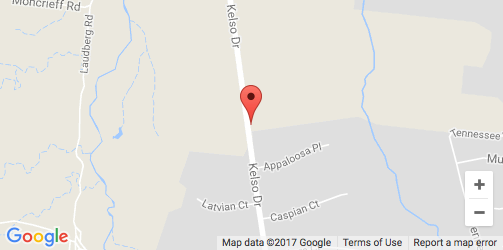|
Apparently, if you believe the hype, you can purchase “new, artificial turf and never water the lawn again”. Ha! Plastic grass is not maintenance free and it does use water! It also does not last forever and is environmental abomination when it is replaced as the old worn-out pieces will likely end up in landfill.
Did you know that plastic grass can be up to 30 degrees hotter than natural turf? The build-up and retention of heat can be dangerous for barefoot children and pets. On a hot NQ Summer day, it is doubtful that you could even walk on your plastic grass by 10am if it is in full sun. Plastic grass must be watered to keep it cool. The “heat island” effect of plastic grass (holding in heat during the day and releasing it at night) can also lead to an increase use of air-conditioners to cool homes and buildings. Plastic grass is a reservoir for bacteria, dust and contaminated matter. The fibres trap animal poop, liquids (saliva, blood, sweat, vomit), chemical agents and other corrosive or unhygienic substances that may render it unsuitable or unsafe for use. It can cause serious skin abrasions and infections if you fall over while running or playing. Plastic grass requires water to wash it and chemicals to disinfect it properly. Many replace their real lawns with plastic grass because they care about the environment and have come to the assumption that they will save water, time and money. They may also be tired of the lawn maintenance tasks, like mowing and weeding. The installation of plastic grass can actually be more expensive than natural turf, as often the full costs to prepare the surface properly and maintenance are not considered at the time. Any damage or wear and tear will need repair and possibly the replacement of an entire section. Plastic grass requires general cleaning like sweeping away debris and leaves. In addition to this, plastic grass can still grow weeds. There are varying accounts of how long plastic grass lasts, it seems anywhere from five to twenty years. Several factors impact the integrity of the surface and its longevity, including the amount of use and the routine maintenance it receives. Plastic grass absorbs a high level of heat, which can hasten the breakdown of fibres over a long period of time. Other common problems with plastic grass:
Natural turf and plants provide so much more than just aesthetic value. Natural turf helps improve water and air quality, reduces temperatures, reduces storm water runoff, absorbs carbon dioxide from the air and releases oxygen. The soil under the natural turf acts as a filter that allows rainwater or irrigation water to infiltrate and its natural micro-organisms breaks down contaminates, like the dog poop. Plastic grass does not offer any of the benefits of plants. It contains toxic chemicals and rubber that can be leached into the soil. It kills healthy soil bacteria, worms and root systems. Plastic grass is a fancy outdoor carpet at best. It is not an investment in a lively, beneficial landscape that keeps our community cooler, provides a natural habitat for wildlife or gives back to the environment that sustains us. We, wholeheartedly, believe that Artificial, Synthetic, Fake, Plastic grass is bad for people, for animals and for the earth. Comments are closed.
|
AuthorWrite something about yourself. No need to be fancy, just an overview. Archives
July 2022
Categories
All
|


 RSS Feed
RSS Feed
